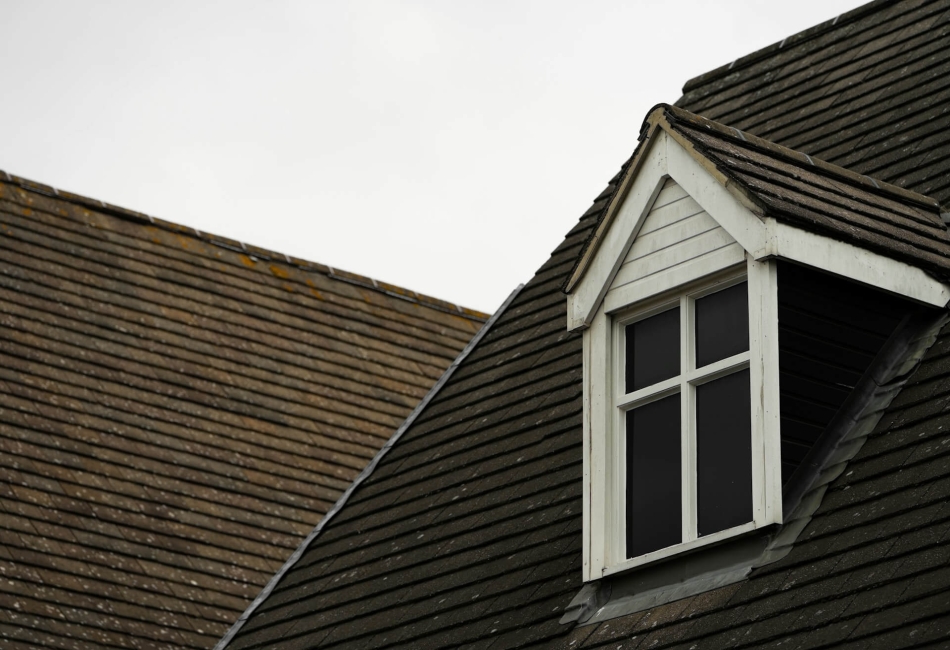A roof is one of the most critical components of any home, serving as a protective shield against weather elements like rain, wind, snow, and sunlight. Despite its importance, many homeowners overlook regular roof maintenance until visible problems arise. Unfortunately, ignoring early warning signs can lead to costly repairs or even the need for a full replacement. Awareness of the indicators that your roof requires immediate attention can help you prevent further damage to your property and maintain a safe living environment. We will explore the common signs that suggest your residential roof is in distress and why timely intervention is essential to protect your home and investment.
Key Warning Signs Your Roof Demands Prompt Repair or Replacement
1. Visible Damage to Shingles or Tiles
One of the clearest signs that your roof in Pelham, AL, needs attention is visible damage to the roofing materials, such as shingles or tiles. This damage might include curling, cracking, blistering, or missing shingles. When shingles curl at the edges or crack due to prolonged exposure to the sun and harsh weather, their protective capabilities diminish, allowing water and debris to penetrate. Missing shingles expose the underlying layers to rain and wind, increasing the risk of leaks and structural damage. Additionally, granules from asphalt shingles may appear in your gutters or around the base of your home, signaling that the shingles are deteriorating. Timely repair of damaged shingles can prevent leaks and more extensive damage to the roof deck and interior ceilings.
2. Water Stains and Leaks Inside the Home
Water stains on ceilings or walls inside your home are often a direct indication of roof problems. These stains typically appear as discolored patches or rings and suggest water seeping through the roofing materials and insulation layers. If left unattended, leaks can cause severe damage to the structural elements of your home, including wooden beams and drywall. Mold and mildew may also develop in damp areas, posing health risks to the household. Investigating any unexplained water marks as soon as they appear is important. The source may be a minor roof leak or a more serious issue, such as damaged flashing around vents, chimneys, or skylights. Regardless of the cause, prompt action is necessary to prevent water from causing costly and unsafe damage.
3. Sagging or Uneven Roof Surface
A sagging or uneven roof surface is a warning sign that your roof’s structural integrity has been compromised. This condition often results from prolonged water damage, which weakens the decking and support beams beneath the roofing materials. It may also be caused by poor installation or the natural aging of the roof over time. A sagging roof is a potential safety hazard and can lead to partial or complete roof collapse if not addressed quickly. If you notice any dips, waves, or uneven areas on your roofline, it’s crucial to have a professional assessment as soon as possible. Ignoring these signs could lead to emergencies, especially during storms or heavy snow accumulation.
4. Granule Loss and Excessive Debris in Gutters
Roof shingles, particularly asphalt ones, have protective granules embedded on their surface. These granules shield the roof from harmful UV rays and help prevent water damage. Over time, granules may wear off naturally, but excessive loss can indicate that the shingles are nearing the end of their lifespan. One way to check for granule loss is by inspecting your gutters and downspouts for an unusual buildup of tiny, sand-like particles. If your gutters are filled with granules, your roof’s outer layer breaks down and becomes vulnerable. Granule loss can also expose the underlying shingles to accelerated wear and tear. Catching this sign early allows for preventive measures before leaks and further deterioration occur.
5. Damaged or Rusty Flashing
Flashing refers to the metal strips installed around roof penetrations such as chimneys, vents, and skylights. Its role is to seal joints and prevent water from seeping into vulnerable areas of the roof. Damaged, loose, or rusty flashing can create pathways for water infiltration and should never be ignored. Flashing can be compromised due to age, harsh weather, or improper installation. If the flashing is bent, cracked, or missing in spots, water can penetrate under the roofing materials, leading to leaks and structural damage. Regular inspection of flashing and prompt repairs ensure that these critical areas remain watertight. Neglecting flashing issues often results in costly interior damage that could have been avoided.
6. Increased Energy Bills and Poor Insulation
A compromised roof can affect the energy efficiency of your entire home. When shingles are missing or insulation has become damp due to leaks, your home’s ability to maintain temperature diminishes. This often results in higher heating and cooling costs as your HVAC system works harder to compensate for the temperature fluctuations. If you notice a sudden increase in your energy bills without a change in usage habits, your roof might be the culprit. Insulation materials can become damaged when moisture penetrates the roof layers, reducing effectiveness. Ensuring your roof is intact and properly insulated helps maintain energy efficiency, protects indoor comfort, and reduces unnecessary expenses.
Recognizing the signs that your residential roof requires immediate attention is essential for protecting your home’s structural integrity and your family’s safety. From visible damage and leaks to sagging surfaces and energy inefficiencies, the indicators can vary widely but are all cause for concern. We have explored the critical warning signals that suggest your roof may be failing and why acting quickly can prevent more serious problems. You maintain a safe, secure, and comfortable home environment by monitoring your roof regularly and addressing issues promptly. Roof problems should never be left unattended, as timely intervention can save you significant time, money, and stress in the long run.
